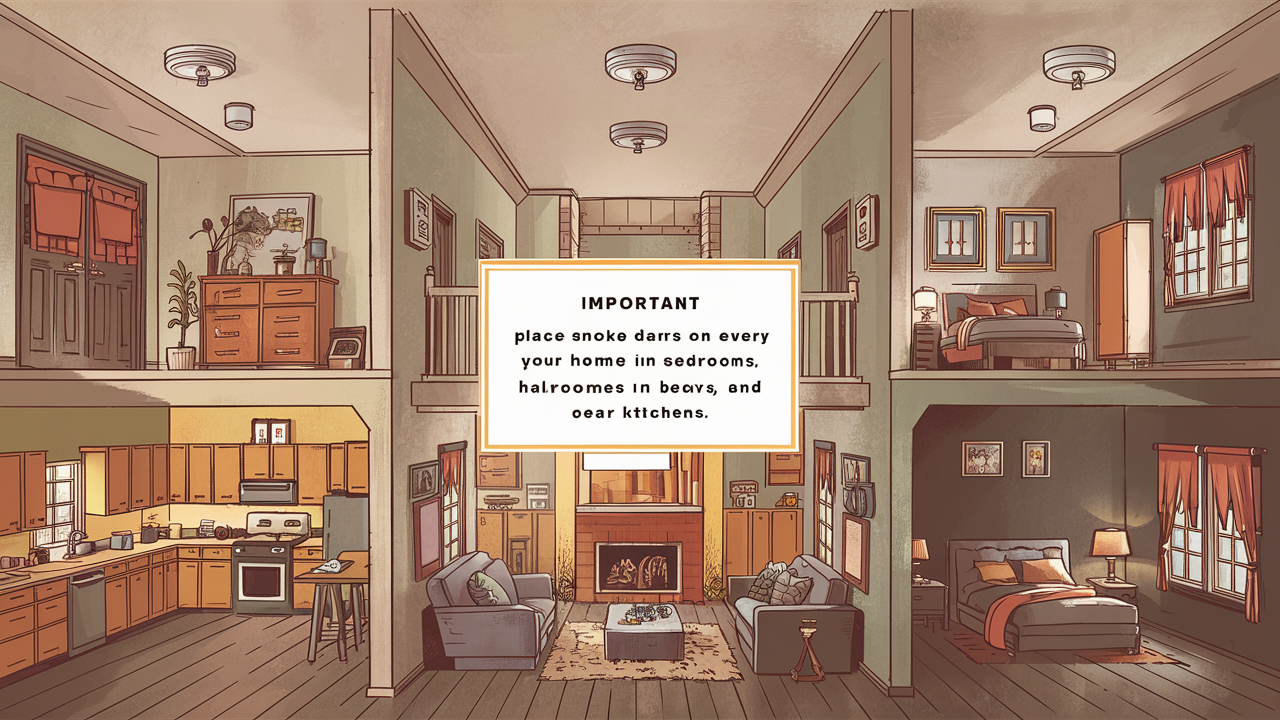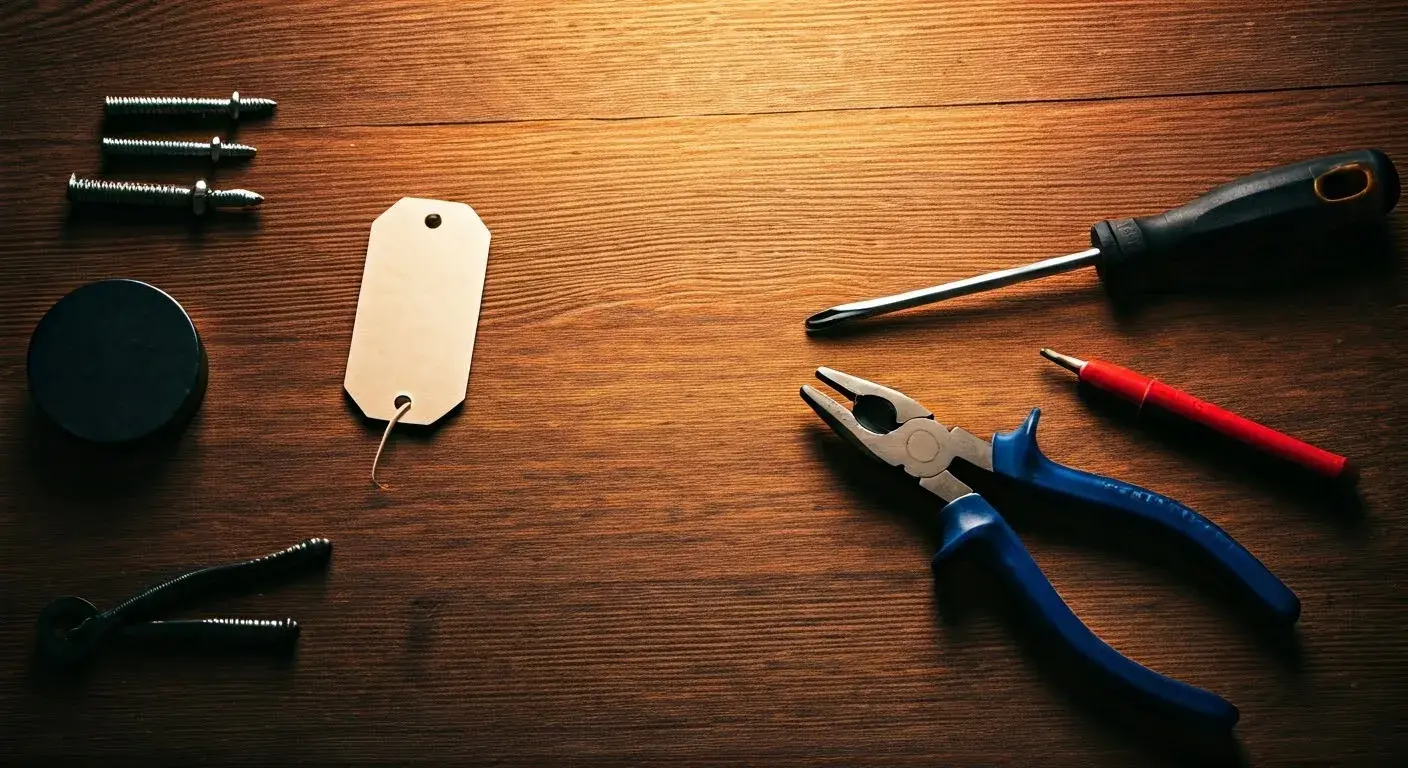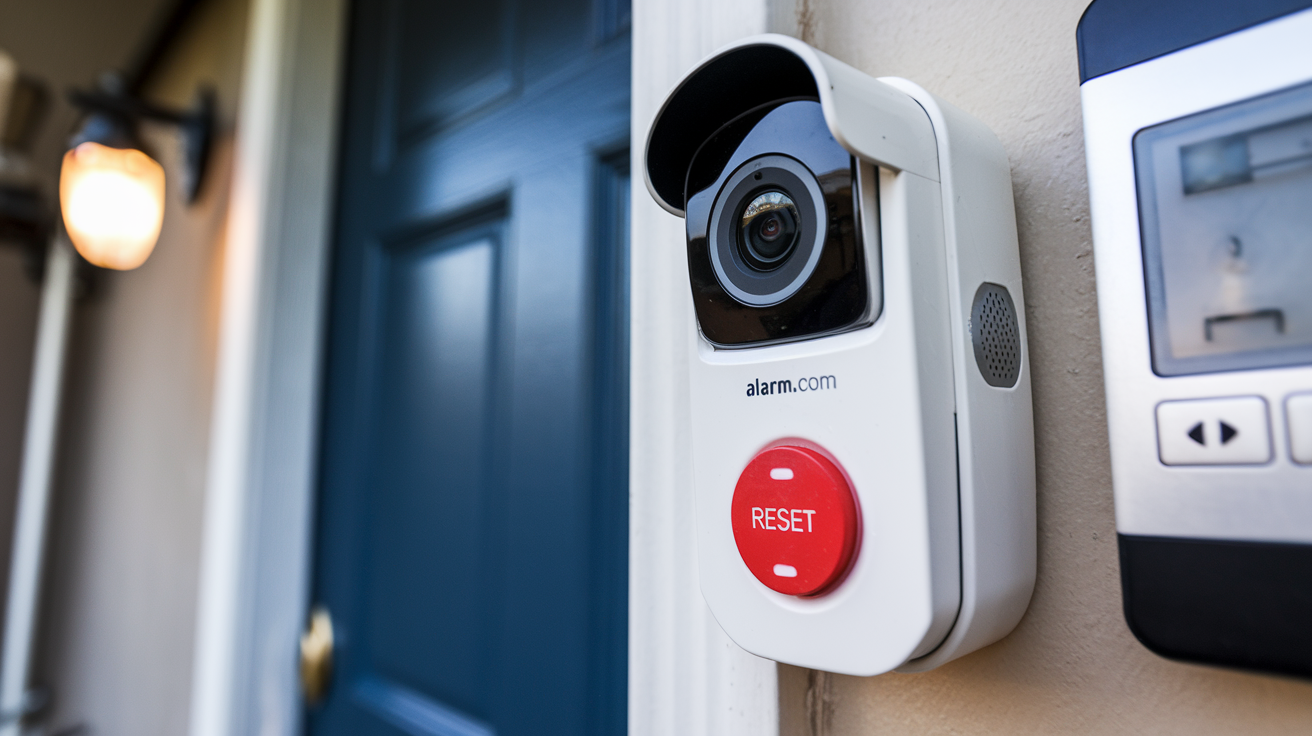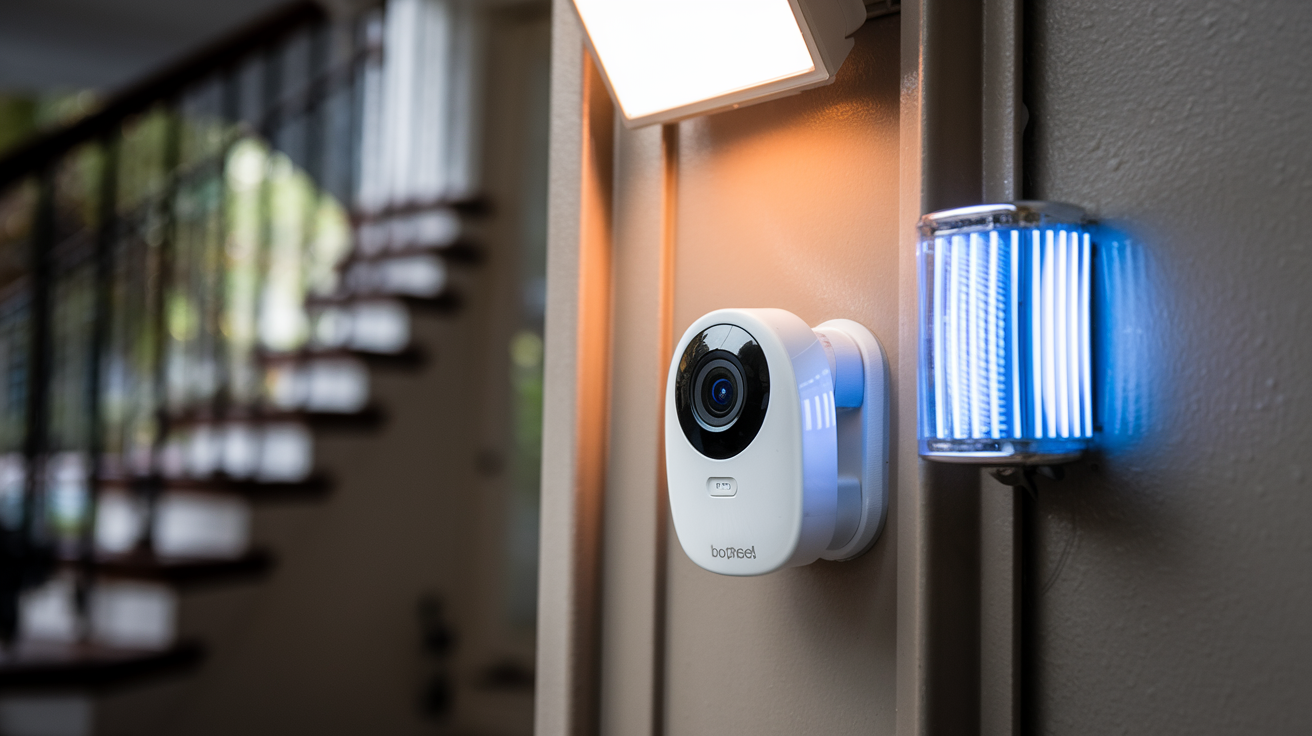The first step that one can take towards ensuring their safety from a fire disaster in their homes is to put in smoke alarms. Proper installation and working of smoke alarms will help you know when a fire has started and extra minutes to evacuate your house before the smoke sets in. As for the number of smoke alarms required in a typical home, also presents recommendations about the location of the alarms the layout, and the size of the house.
Living Spaces and Bedrooms
According to the professionals, it is advised to install smoke alarms on every floor of your home including the finished attics and basements. Also, provide smoke alarms within each bedroom, including if occupants sleep with doors shut. According to the National Fire Protection Association, it is required that you have smoke alarms inside each sleeping room, outside each separate sleeping area, and on each level of the home. To increase the level of safety, one should install interconnected smoke alarms where the alarm of one triggers all the alarms. This assists in alerting occupants in the various sections.
On the Ceiling
Interconnected smoke alarms should be fitted up high either on walls or on the ceiling. Ceilings are best positioned at a distance of at least 4 inches from where the wall and the ceiling meet. They also noted that wall-mounted alarms should be positioned 4-12 inches down from the ceiling. For optimum performance, it is best to mount these smoke alarms as near to the midpoint of a ceiling or wall as can easily be done. The aim is to intercept smoke that is produced by a fire before it spreads further.
Avoid Problem Areas
It is essential to know some areas that should not be used to place smoke alarms to ensure proper functioning. For instance, one should not place a smoke alarm within a distance of twenty feet from any cooking appliances. Even when they are safe, they can be triggered to explode by steam generated from cooking. Other areas of concern are near the furnace, and overheating and air systems, which can move around when being used. Avoid areas of heavy dust, dirt, or grease that could interfere with smoke alarms functioning or cause contamination. Also, do not place smoke detectors near a sink, a stove, or an oven because they will be triggered by steam, smoke, or heat.
Special Considerations
Some special requirements need to be observed when installing the smoke alarms. In case your house has high, sloped, or peaked ceilings such as vaulted designs, it is recommendable to place other smoke alarms near walls. The same applies to homes with ceiling fans since these can help in clearing smoke. In stairways, place smoke alarms at the base as well as at the top of the stairs and all second-floor hallways leading to stairs. Do not forget to replace smoke alarms every 8-10 years or as per the instructions provided by the manufacturer.
Smoke Alarm Interconnectivity
As mentioned earlier, the integration of interconnected smoke alarms provides an added layer of fire protection. Interconnected models mean that when one smoke alarm detects smoke and begins making its alarm sound, the others will sound as well so that those in other rooms are warned. As for the connection of smoke alarms, there are several methods. One is to integrate the alarms with the home’s electrical system and have them use low-voltage wires for communication. This has to be professionally done but guarantees the alarms steady power supply.
Another option is the use of wireless interconnect technology to integrate alarms. Wireless models do not have cables connecting them, between the units. Unlike, they employ radio frequencies, which are similar to those used in Wi-Fi and Bluetooth gadgets. Portable alarms with long-life batteries are easy for a homeowner to install. All you have to do is install the alarms and turn the wireless interconnect on each unit as per the instructions provided by the manufacturer.
Smoke Alarm Types
There are three primary kinds of smoke alarms right now. Although there are other kinds of smoke alarms, ionizing ones detect smoke using a small quantity of radioactive elements. Light sensors in photoelectric smoke alarms track reflected light to identify the presence of smoke. Combining photoelectric sensors with ionization makes combo smoke alarms one single alarm. Dual-sensor devices may be more complete in coverage as the kinds of flames and the resulting smoke differ.
Maintenance
One also has to know where to place the smoke alarms and, naturally, how to maintain them. Monthly test batteries Users should, at least once every 12 months, replace alkaline batteries. According to the manufacturer, you should replace your smoke alarms as advised every eight to ten years. You should so make sure you follow the expiration dates of every item. Plan monthly, bi-monthly, quarterly, semi-annual, and yearly smoke alert testing and maintenance. In this sense, they are effectively running when most required by the patients and the doctors.
Following the most recent recommendations for smoke alarm type, quantity, position, and maintenance helps you guarantee the safety of your house and your family. When a fire breaks out, smoke alarms positioned at certain strategic points provide you with that additional time required to safely evacuate.
Protect your home today with ADT’s top-rated security solutions!
Call now at +1 877-470-7879 to get a free consultation and find out how you can secure your home with the best in the business. Don’t wait—ensure your peace of mind with ADT!







